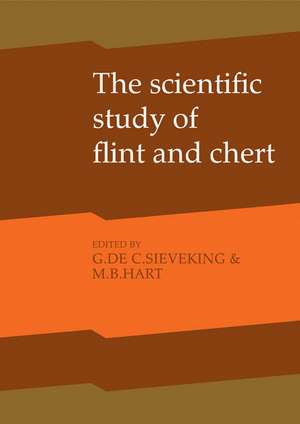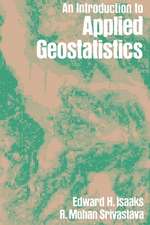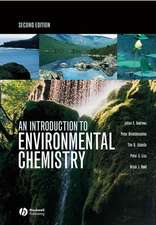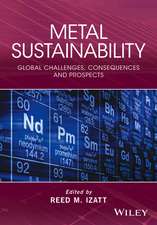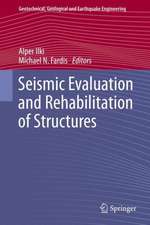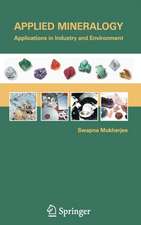The Scientific Study of Flint and Chert: Proceedings of the Fourth International Flint Symposium Held at Brighton Polytechnic 10–15 April 1983
Editat de G. de G. Sieveking, M. B. Harten Limba Engleză Paperback – 13 iul 2011
Preț: 349.97 lei
Nou
Puncte Express: 525
Preț estimativ în valută:
66.96€ • 70.11$ • 55.41£
66.96€ • 70.11$ • 55.41£
Carte tipărită la comandă
Livrare economică 07-21 aprilie
Preluare comenzi: 021 569.72.76
Specificații
ISBN-13: 9780521169158
ISBN-10: 0521169151
Pagini: 306
Dimensiuni: 210 x 297 x 16 mm
Greutate: 0.74 kg
Editura: Cambridge University Press
Colecția Cambridge University Press
Locul publicării:Cambridge, United Kingdom
ISBN-10: 0521169151
Pagini: 306
Dimensiuni: 210 x 297 x 16 mm
Greutate: 0.74 kg
Editura: Cambridge University Press
Colecția Cambridge University Press
Locul publicării:Cambridge, United Kingdom
Cuprins
Preface; List of contributors; 1. Flint stratigraphy and its relationship to archaeology F. Schmid; 2. The distribution of flint in the English chalk, with particular reference to the 'Brandon Flint Series' and the high Turoniam flint maximum R. N. Mortimore and C. J. Wood; 3. Controls on Upper Cretaceous sedimentation in the South Downs, with particular reference to flint distribution R. N. Mortimore; 4. The chemical environment of flint formation in Upper Cretaceous chalks C. J. Clayton; 5. The origin of cherts as members of high productivity sequences: isotopic evidence Y. Kolodny; 6. The cherts of the Upper Greensand (Cretaceous) of south-east Devon C. L. Williams; 7. Flint and fabric in the European chalk R. G. Bromley and A. A. Ekdale; 8. Rhythms, flint and mesofossils in the Cretaceous (Maastrichtian) of Limburg, The Netherlands P. J. Felder; 9. Upper Cretaceous flint meal faunas from southern England M. B. Hart, H. W. Bailey, A. Swiecicki and B. R. Lakey; 10. Foraminiferids from decayed chalk flints and some examples of their use in geological interpretation D. Curry; 11. Siliceous coatings on fossil coccoliths - how did they arise? L. S. Dent Glasser and D. N. Smith; 12. Perigord cherts: an analytical frame for investigating the movement of Paleolithic hunter-gatherers and their resources R. R. Larick; 13. Sources of raw materials used for the manufacture of chipped stone implements in Hungary C. Takács-Biró; 14. Geochemistry and the provenance of flint axes P. R. Bush and G. de G. Sieveking; 15. Flint gravels in the Quaternary of south-east England P. L. Gibbard; 16. The nature, origin and geomorphological significance of clay-with-flints J. A. Catt; 17. Periglacial phenomena in the South Downs R. B. G. Williams; 18. Palynological evidence for early and permanent woodland on the chalk of central Hampshire P. V. Waton; 19. The postglacial molluscan succession of the South Downs dry valley C. Ellis; 20. Transported flint in Ireland: a charter of investigation for prehistory and geology C. S. Briggs; 21. Flint and Pre-Quaternary geomorphology in south Sweden and south-west England K. Lidmar-Bergström; 22. Sand grain surface textures D. Krinsley and P. Trusty; 23. Scanning electron micrographs of quartz, flint and obsidian grains after experimental glacial, subaqueous or aeolian transportation K. Lindé; 24. Procedures in environmental reconstruction by SEM analysis P. A. Bull; 25. Simulation of aeolian quartz grain surface textures: some scanning electron microscopic observations W. B. Whalley and J. R. Marshall; 26. Practical methods for analysing and quantifying two-dimensional images W. B. Whalley and J. D. Orford; 27. The analysis of flint by inductively coupled plasma atomic emission spectrometry, as a method of source determination M. Thompson, P. R. Bush and J. Ferguson; 28. Applications of magnetic resonance in the study of cherts M. C. R. Symons; 29. Investigation of chert heating conditions using ESR spectroscopy D. R. Griffiths, N. J. Seeley and M. C. R. Symons; 30. Thermoluminescence dating: a review of application to burnt flint H. Y. Göksu Ögelman.
Descriere
The thirty papers in this 1986 volume review the scientific knowledge of the nature of flint and chert.
